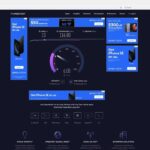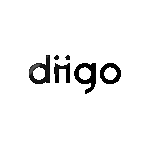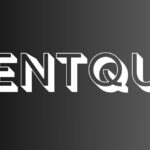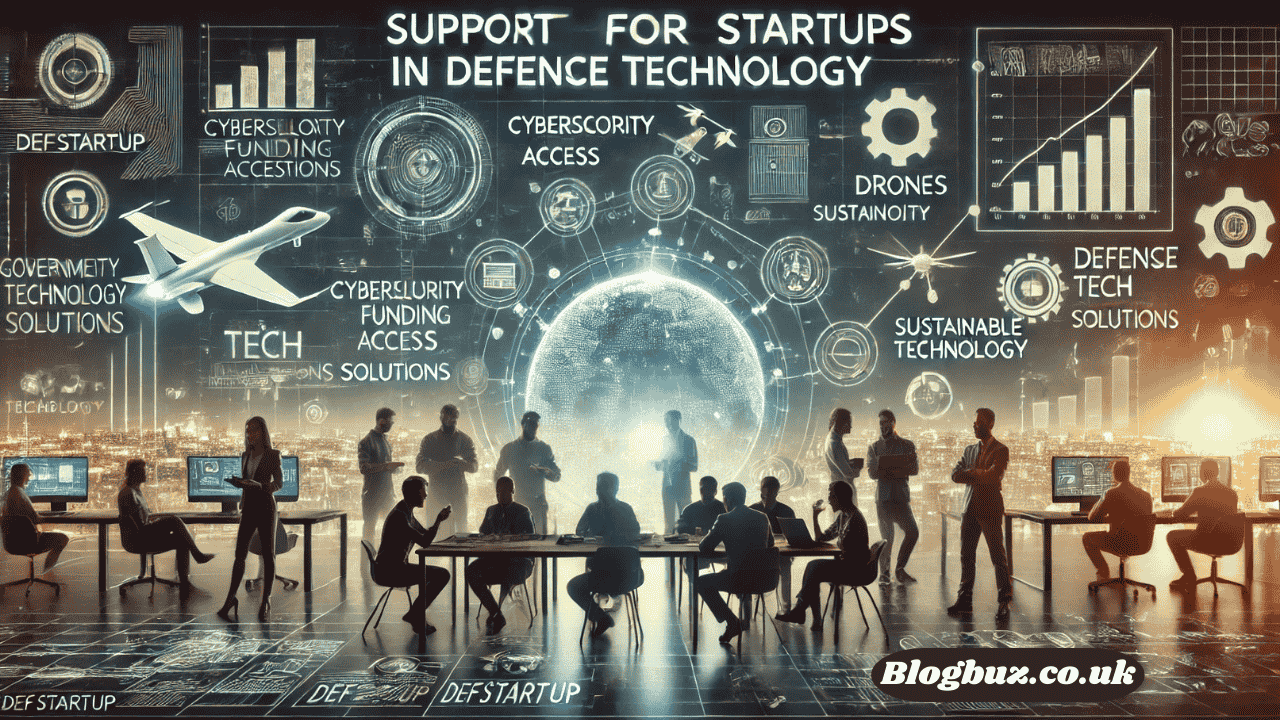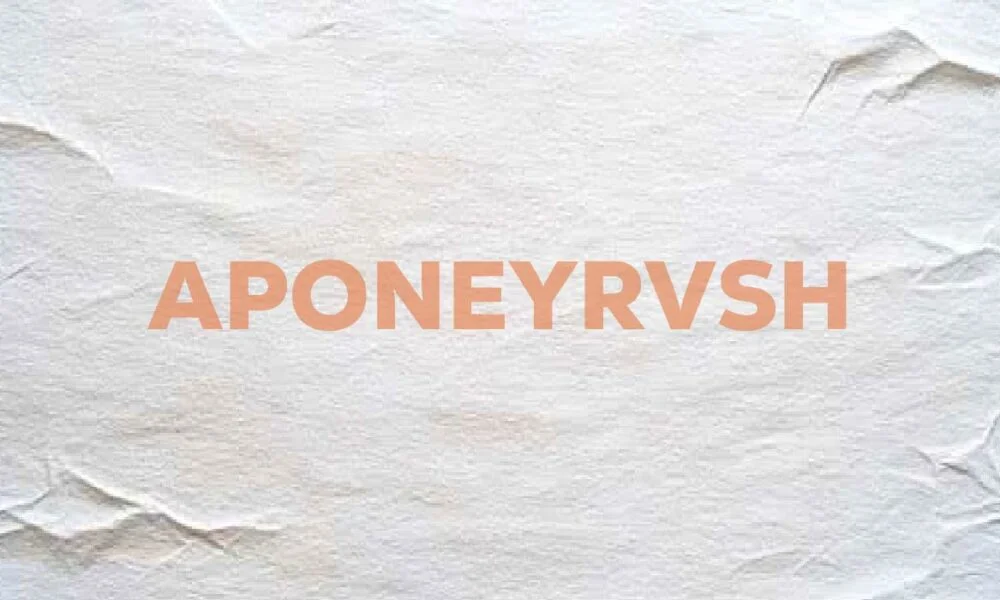The traditional startup world runs on a well-established, yet deeply flawed, engine: venture capital. A brilliant founder has an idea, spends months crafting a pitch, and gives away chunks of their company (equity) to a small group of investors in exchange for the capital to build it. This system, while responsible for giants like Google and Amazon, is exclusive, opaque, and geographically concentrated. What if there was a different way? What if you could fund and build a startup not with money from a few Silicon Valley VCs, but with resources from a global, open community?
Enter the conceptual framework of defstartup.org—a blueprint for decentralized, community-owned startups built on the principles of Decentralized Finance (DeFi) and blockchain technology. It’s not a single website, but a radical new model for entrepreneurialism.
What is a “DeFi Startup”?
A DeFi startup, or a “decentralized autonomous startup,” is an entity that leverages blockchain technology to handle its funding, governance, and operations in a transparent, automated, and permissionless way. The core idea is to replace the traditional corporate structure with a Decentralized Autonomous Organization (DAO) and to replace equity with a functional, community-governed token.
Imagine a startup not as a private company, but as an open-source protocol, like Uniswap or Aave, but for a specific product or service—be it a new social media platform, a green energy project, or a logistics network.
How Would defstartup.org Work? A Step-by-Step Blueprint
- The Idea and Whitepaper: It all begins with an entrepreneur or a core team. Instead of a business plan, they publish a detailed “Whitepaper” or “Lightpaper” on a platform like
defstartup.org. This document outlines the problem, the solution, the technology stack, the tokenomics, and the roadmap. - Token-Based Fundraising (IDO): Instead of an equity round (Seed, Series A), the startup launches an Initial DEX Offering (IDO) or a Liquidity Bootstrapping Pool (LBP). This allows anyone in the world to contribute crypto assets (like ETH, USDC, etc.) in exchange for the project’s native token, say,
START.- Key Difference: Contributors are not buying “shares” but rather utility tokens that grant them rights within the ecosystem (e.g., access to services, discounts) and, crucially, governance rights.
- Treasury and DAO Formation: The funds raised are not sent to a company bank account. They are held in a transparent, on-chain multisig treasury wallet or a sophisticated DAO treasury management tool (like Llama or Sybil). The community of token holders now collectively is the owner of this capital.
- Community-Led Execution: The core team presents proposals to the DAO on how to use the funds:
- “Proposal #01: Allocate 50,000 USDC to pay for smart contract audit from Firm X.”
- “Proposal #02: Allocate 100,000 $START tokens as grants for developers to build on our platform.”
- “Proposal #03: Release Q2 budget of 120,000 USDC to the core team for salaries and operational expenses.”
Token holders vote on these proposals. If a proposal passes, the smart contract automatically executes the transaction. This ensures unparalleled transparency—everyone can see where every dollar is going.
- Building and Value Accrual: As the product is built and gains users, the ecosystem grows. The value of the
STARTtoken is designed to be correlated with the success and usage of the platform, through mechanisms like:- Fee Capture: A percentage of all revenue generated by the platform is used to buy back and burn tokens (reducing supply) or distributed to token holders as staking rewards.
- Staking: Users can stake their tokens to earn rewards or access premium features, reducing circulating supply.
This model creates a powerful flywheel: community members are financially and emotionally invested in the project’s success, acting as contributors, marketers, and users simultaneously.
(FAQs)
Q: Is this legal? How does this relate to securities regulations?
A: This is the single biggest challenge. Regulatory bodies like the SEC (U.S.) scrutinize token sales. If a token is deemed a “security” (an investment contract where buyers expect profits primarily from the efforts of others), it falls under strict securities laws. Projects must work diligently to ensure their token is a “utility token” with clear, immediate functionality, not just a speculative investment. Legal frameworks are still evolving.
Q: What stops a “whale” (a large token holder) from taking over governance?
A: This is a valid concern. Mechanisms like:
- Quadratic Voting: Where the cost of voting increases quadratically with the number of votes cast, reducing a whale’s power.
- Delegated Democracy: Where smaller holders can delegate their voting power to trusted experts.
- Proposal Thresholds: Setting a high token amount required to submit a proposal.
can help mitigate this risk and promote more democratic governance.
Q: Isn’t this slower and more chaotic than traditional management?
A: It can be. Democratic processes are often slower than a CEO making a quick decision. However, they can also prevent catastrophic mistakes and build stronger consensus. The efficiency of a DAO is an active area of innovation with new tools emerging constantly.
Q: How do contributors/employees get paid?
A: Typically through the treasury. The core team submits a proposal for a budget that covers salaries (often paid in stablecoins like USDC to avoid volatility) and potentially bonuses in the native token. Contributors can also earn bounties for completing specific tasks (e.g., “Fix this bug for a 500 USDC bounty”).
Q: What if the core team abandons the project?
A: In a traditional startup, this is often fatal. In a DAO, the code, treasury, and community remain. The community can vote to hire new developers, elect new leadership, or even decide to dissolve the project and return the remaining treasury funds to token holders. The project is more resilient because it is not reliant on a single central entity.
Calculations: Modeling the Economic
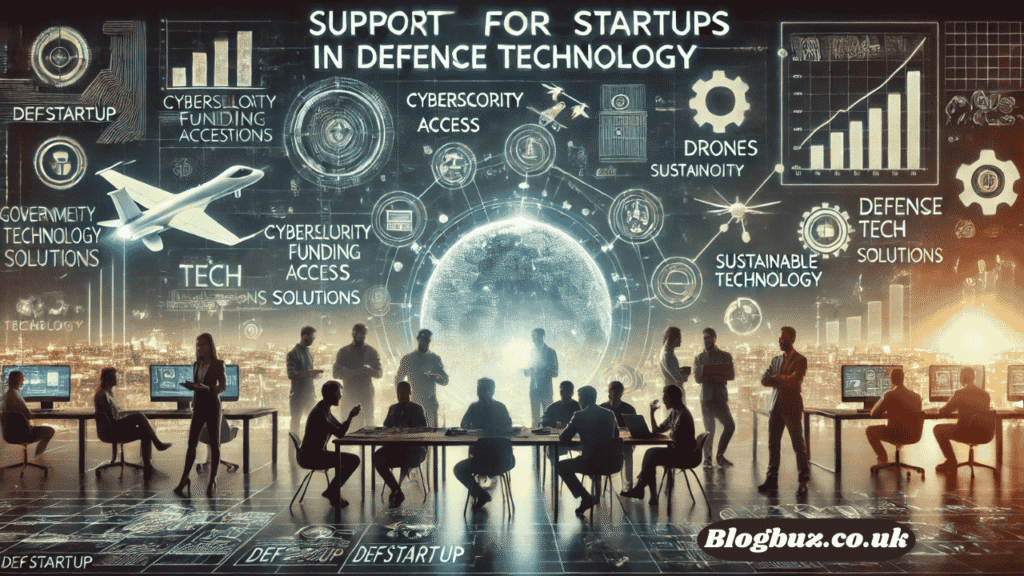
Let’s create a hypothetical DeFi startup, “CloudFlow” (a decentralized cloud storage service), and model its token economics.
Assumptions:
- Total Token Supply (Fixed): 1,000,000 $FLOW tokens.
- Tokens for Sale in IDO: 40% (400,000 $FLOW)
- Treasury (Community): 30% (Vested for future funding)
- Core Team & Advisors: 20% (Vested over 4 years)
- Airdrops & Community Rewards: 10%
- IDO Price: 1 $FLOW = 0.50 USDC
- Projected Platform Fee: 0.5% of all storage transactions.
1. Fundraising Calculation:
- Total Capital Raised = Tokens Sold * Price
- Total Capital Raised = 400,000 * $0.50 = 200,000 USDC
- This 200,000 USDC is now held in the project’s on-chain treasury.
2. Valuation Calculation (at IDO):
- Fully Diluted Valuation (FDV) = Total Supply * Token Price
- FDV = 1,000,000 * $0.50 = $500,000
3. Value Accrual Scenario (After 1 Year):
Assume CloudFlow is successful and processes $10,000,000 in storage transactions over a year.
- Annual Protocol Revenue = Total Transaction Volume * Fee %
- Annual Revenue = $10,000,000 * 0.005 = 50,000 USDC
The DAO votes to use 80% of this revenue to buy back $FLOW tokens from the open market and burn them. The market price of $FLOW is now $2.00.
- Amount for Buyback & Burn = 50,000 USDC * 0.80 = 40,000 USDC
- Number of Tokens Bought/Burned = Buyback Amount / Token Price
- Tokens Burned = 40,000 / $2.00 = 20,000 $FLOW
4. New Token Supply & Implied Value:
- New Total Supply = Original Supply – Tokens Burned
- New Supply = 1,000,000 – 20,000 = 980,000 $FLOW
- If the FDV remains the same, the price would naturally rise due to reduced supply. This burning mechanism directly benefits all remaining token holders by increasing the scarcity of their assets.
Conclusion: A More Equitable Future for Innovation
The defstartup.org model is not a silver bullet. It introduces complex challenges in governance, regulation, and execution. It is experimental. However, its potential is revolutionary. It promises a world where innovation is funded by the global crowd, not the privileged few; where transparency replaces opacity; and where users become true owners and stakeholders in the platforms they help build.
It shifts the paradigm from “Don’t be evil” to “Can’t be evil”—because the rules are encoded in open, verifiable smart contracts. While we may not all be building the next Google, the tools to build the next everything are being created right now, not in a boardroom, but on the blockchain.
Disclaimer: This article is for informational purposes only and does not constitute financial, legal, or investment advice. The concept of defstartup.org is a theoretical framework. Investing in early-stage crypto projects and IDOs carries extremely high risk, including the potential for total loss of capital. Always conduct your own thorough research (DYOR) and understand the regulatory landscape in your jurisdiction.


